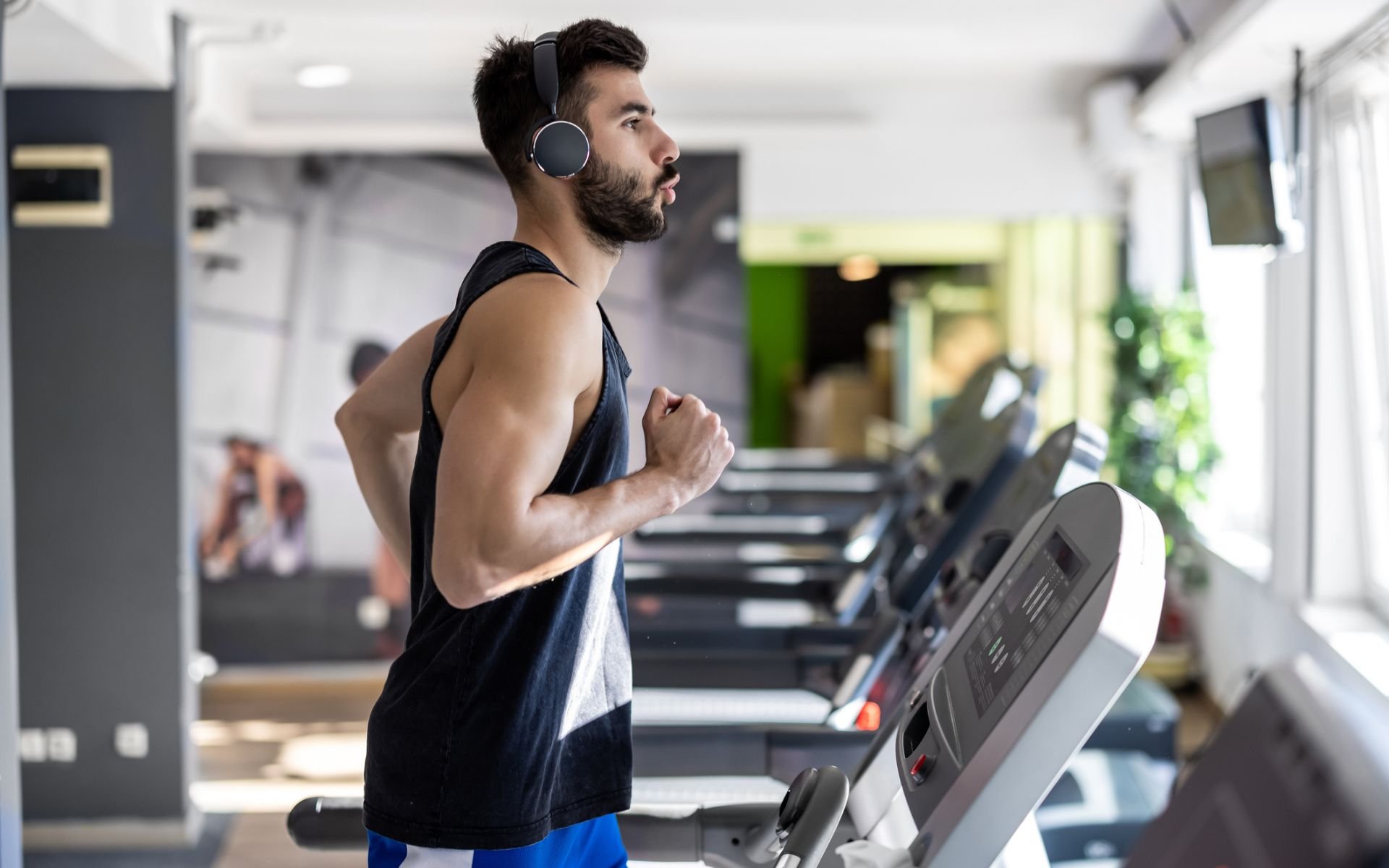This text was written by a TecMundo columnist; Learn more at the end.
We are increasingly understanding what happens in the body when we move and how good it is for our health. Besides health, we want the body to perform as well as possible, to become stronger, more durable, more muscular and faster.
Although we see practitioners and athletes doing incredible things, a large portion of the population cannot get off the couch and make the minimum necessary movement of their body. This can be explained in several ways, but one of them arises because we complicate things during physical exercise.
Should or want to
“You should exercise.” Exercise science researchers have recently questioned how we might package the message of encouraging exercise as something people “want” rather than “should,” and this may be weakening their chances of doing so.
According to science, “should” creates a controlling form of motivation that is inferior to behavior. It’s like someone telling you to do the dishes, but you don’t do it at that moment.
The truth is that no one is forced to do physical exercise as it is a voluntary act.
However, from something that is optional in one’s life and undoubtedly provides countless benefits and is a solution to various health problems, we have turned into another problem when this is not implemented. It’s a problem that creates guilt and shame when we fail to do so. Again, these are not quality motivations for changing people’s behavior.
Physical activity recommendations: help or hindrance?
Because we generally don’t want (but often need) someone to tell us what to do, we have difficulty considering and complying with global physical activity recommendations. Many inactive people are not even aware of this recommendation, and those who are physically active do so anyway.
Recommendations play a role in guiding the amount of physical activity recommended for health (2 hours and 30 minutes per week in addition to two strength training sessions), but perhaps they are part of the problem because we make behavior too prescriptive. : “comply with this intensity and this duration.” The above is moderate intensity (something you can talk about a bit while exercising), while if it is more intense activity the duration is 75 minutes per week.
Two documents serve us well in terms of recommendations, but they create problems. World Health Organization guidance and Physical Activity Guidelines for the Brazilian population. Researchers criticized the first because the word “health” appears in the document more than 100 times, the terms “compassion” and “pleasure” do not even appear, and the word “pleasant” appears only 3 times in the entire text.
Our national document follows the same approach, characterized by an extreme focus on health, and goes a little further: the word “health” is not even mentioned more than 150 times, “compassion” is not even mentioned, “pleasure” is mentioned only 2 times and “fun” is mentioned only once. . Well, isn’t health enough reason to exercise? It seems so. We tend to place little value on these long-term results, making it difficult to go to the gym every day. On the other hand, experts point out that pleasure and prosperity are interesting paths.

The approach of preventing and treating diseases through physical activity has no motivational effect other than when we get sick.. The emphasis on these clearly important benefits may be unconnected to why most people engage in physical activity.
There is a mismatch between a message like “be active for your health” and the real reasons that encourage participation and care – well-being and pleasure. Instead of talking so much about load progression in workouts, increasing exercise enjoyment will make a difference for a lot more people.
The way we talk about movement in today’s society, such as focusing on burning energy through calories, limits the understanding and experience of physical exercise. Movement is, first and foremost, about using your body to connect to life. Therefore, it is important to find a path that makes sense to the person. Kelly McGonigal of Stanford University suggests completely resetting the mindset of what movement is and why we do it.
Metrics, data and more
We make exercise difficult for many people when we tell them how many times and for how long their heart should beat during exercise, as well as how many minutes a person should complete a 1 km run, how many times to lift weights, and for how long. they will rest in the gym, determine at what pace and how you move, even down to what clothes or sneakers to wear for exercise, which is usually unimportant.
Aside from rules about quantity and intensity, we are also victims of the industry’s exploitation of devices and equipment that distract us from ourselves (the world’s #1 fitness trend is wearable technology, which consists of devices we wear to measure data during exercise). The fact that any action is better than nothing. We forget the most important thing: Do something you enjoy throughout your life. This is more valuable and meaningful than the number of daily steps your watch counts.

This is why people believe that exercise is difficult and time-consuming, when in fact it is not. The trend to complicate things when exercising has made it harder for those who already exercise and alienated those who haven’t yet.
The truth is, many things about exercise aren’t as important as people think. These include HIIT or moderate aerobic exercise, as well as training by fasting or feeding to burn fat, and scientific evidence shows that it doesn’t matter.
We are bombarded with training formulas for hypertrophy on social media, but science shows different ways; Whether you reach muscle failure, using free weights or machines, using more or less weight, in different exercise regimes, but no one tells us that we can achieve this. They select many aspects of education that characterize autonomy, a psychological need of humans, directly related to motivation.
We need to move more, but with autonomy and freedom, so that it can be a sustainable activity throughout life. One form that has shown significant growth is running. That’s why next week, with the participation of one of Brazil’s greatest experts, we will simplify the race and show the legends and facts.
***
Fábio Dominski He holds a PhD in Human Movement Sciences and a degree in Physical Education from Santa Catarina State University (UDESC). He is a university professor and researcher at the Laboratory of Sport and Exercise Psychology (LAPE/UDESC). he is doing scientific dissemination on social media there podcast available on Spotify. Author of Physical Exercise and Science – Facts and Myths.
Source: Tec Mundo
I’m Blaine Morgan, an experienced journalist and writer with over 8 years of experience in the tech industry. My expertise lies in writing about technology news and trends, covering everything from cutting-edge gadgets to emerging software developments. I’ve written for several leading publications including Gadget Onus where I am an author.













